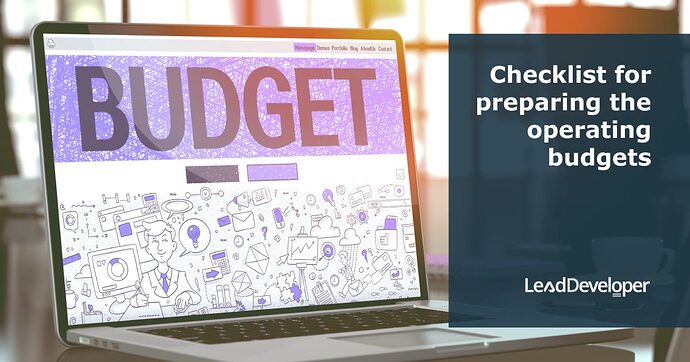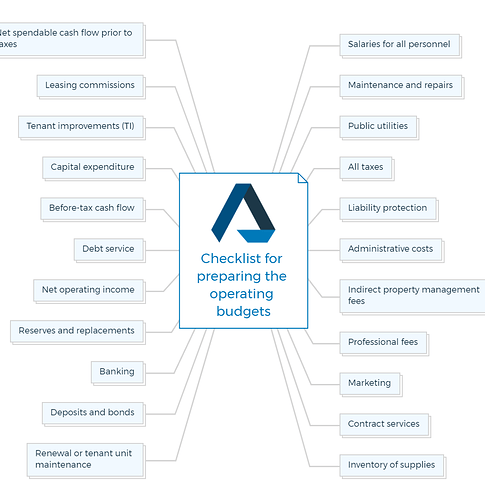1. Salaries for all personnel
- List all employees, their roles, and salaries.
- Include payroll taxes, benefits, and any bonuses or incentives.
2. Maintenance and repairs
- Document ongoing maintenance costs.
- Budget for periodic repairs and renovations.
3. Public utilities
- Include costs for water, electricity, gas, and trash removal.
- Track utility usage and look for opportunities to reduce consumption.
You are missing out if you haven’t yet subscribed to our YouTube channel.
4. All taxes
- Detail property taxes, income taxes, and any other applicable taxes.
- Keep records of tax assessments and payments.
5. Liability protection
- Include insurance premiums for property, liability, and casualty insurance.
- Maintain records of insurance policies and coverage.
6. Administrative costs
- Cover expenses related to office supplies, software, and administrative staff.
- Include costs for record-keeping and administrative tools.
7. Indirect property management fees
- Account for fees paid to property management companies.
- Detail contract terms and services provided.
8. Professional fees
- Include legal, accounting, and consulting fees.
- Maintain records of contracts and invoices.
9. Marketing
- Budget for advertising and marketing campaigns.
- Track expenses related to promoting the property.
Learn More
10. Contract services
- List expenses for contracted services like landscaping or security.
- Maintain service agreements and invoices.
11. Inventory of supplies
- Document costs of cleaning supplies, maintenance tools, and other supplies.
- Monitor inventory levels and reorder when necessary.
12. Renewal or tenant unit maintenance
- Account for costs associated with tenant turnover and unit maintenance.
- Keep records of repair and cleaning expenses.
13. Deposits and bonds
- Include security deposits and any other financial guarantees.
- Document deposit amounts and conditions.
14. Banking
- List bank fees, charges, and interest expenses.
- Track bank account balances and transactions.
15. Reserves and replacements
- Set aside funds for future capital expenditures and replacements.
- Plan for major repairs or replacements of building components.
16. Net operating income
- Calculate the property’s net income before considering debt service and taxes.
- Analyze this figure for profitability.
17. Debt service
- Include mortgage payments and interest expenses.
- Keep records of loan agreements and payment schedules.
18. Before-tax cash flow
- Calculate the cash flow before accounting for taxes.
- Assess the property’s financial performance.
19. Capital expenditure
- Budget for large-scale property improvements and upgrades.
- Plan for long-term enhancements.
20. Tenant improvements (TI)
- Detail costs related to customizing space for new tenants.
- Track TI expenses for each lease agreement.
21. Leasing commissions
- Include expenses associated with broker commissions.
- Record commission agreements and payments.
22. Net spendable cash flow prior to taxes
- Calculate the cash flow available for distribution or reinvestment.
- Assess the property’s financial health after accounting for all expenses.



